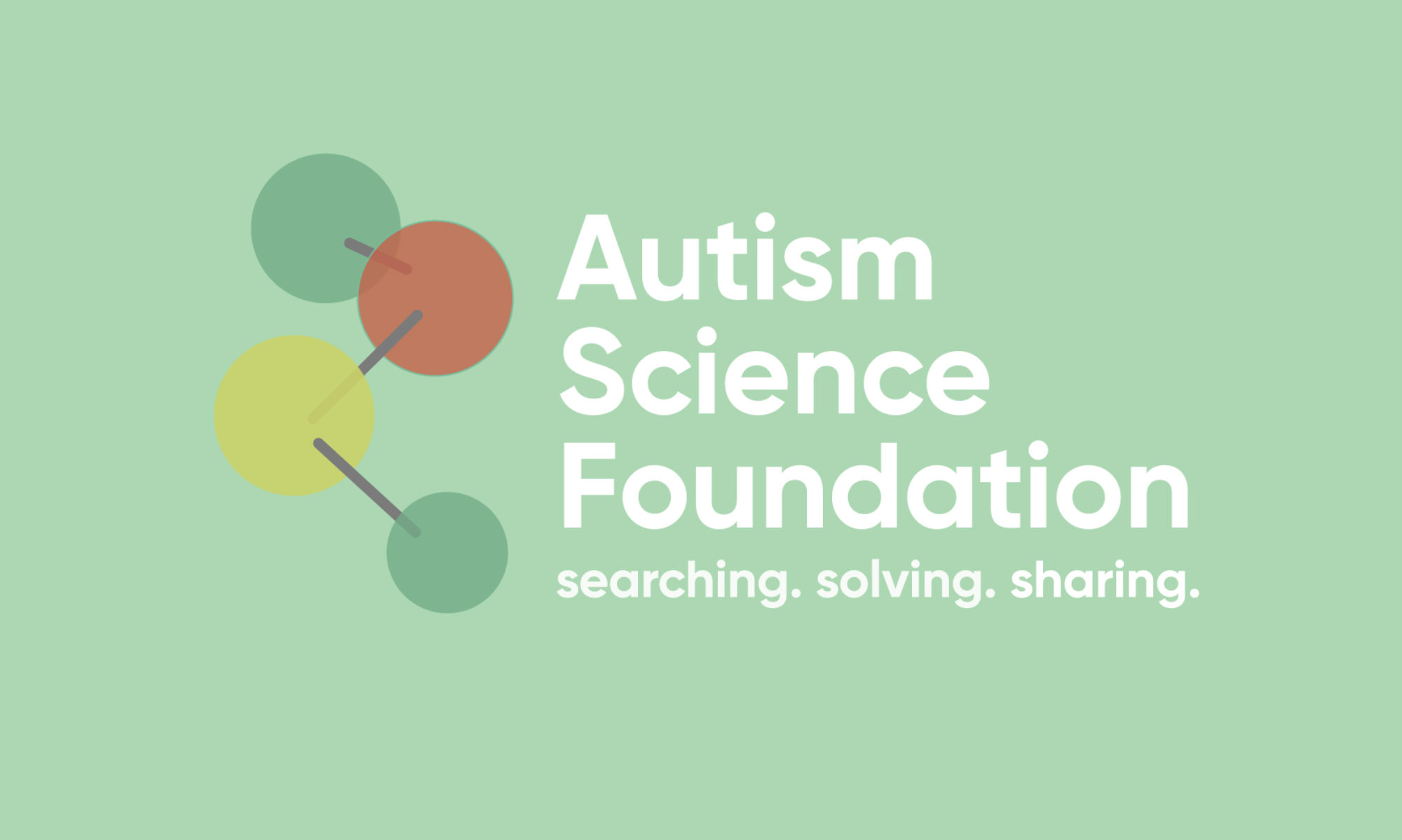Podcast: Play in new window | Download
Subscribe: RSS
There is a cell in the brain called the microglia which has been traditionally overlooked as a target for therapies. New research supported by ASF and @FraxAresearch suggests that altering the function of microglia in the brain may help support the development of healthy and functional connections in the brain that may be impaired in autism, making the microglia a prime candidate for research. Drs. Marine Krzisch from @UniversityofLeeds and Dr. Mike Tranfaglia at @FraxAResearch describe the approach and how it can be developed to create specific therapies, that when combined with behavioral interventions, can drastically alter someone’s abilities. Dr. Krzisch is also interviewing families about how the findings will be explained when they are ready, what is important to them and what should research emphasize in the future. Participants will be compensated, just email her: M.Krzisch@leeds.ac.uk
